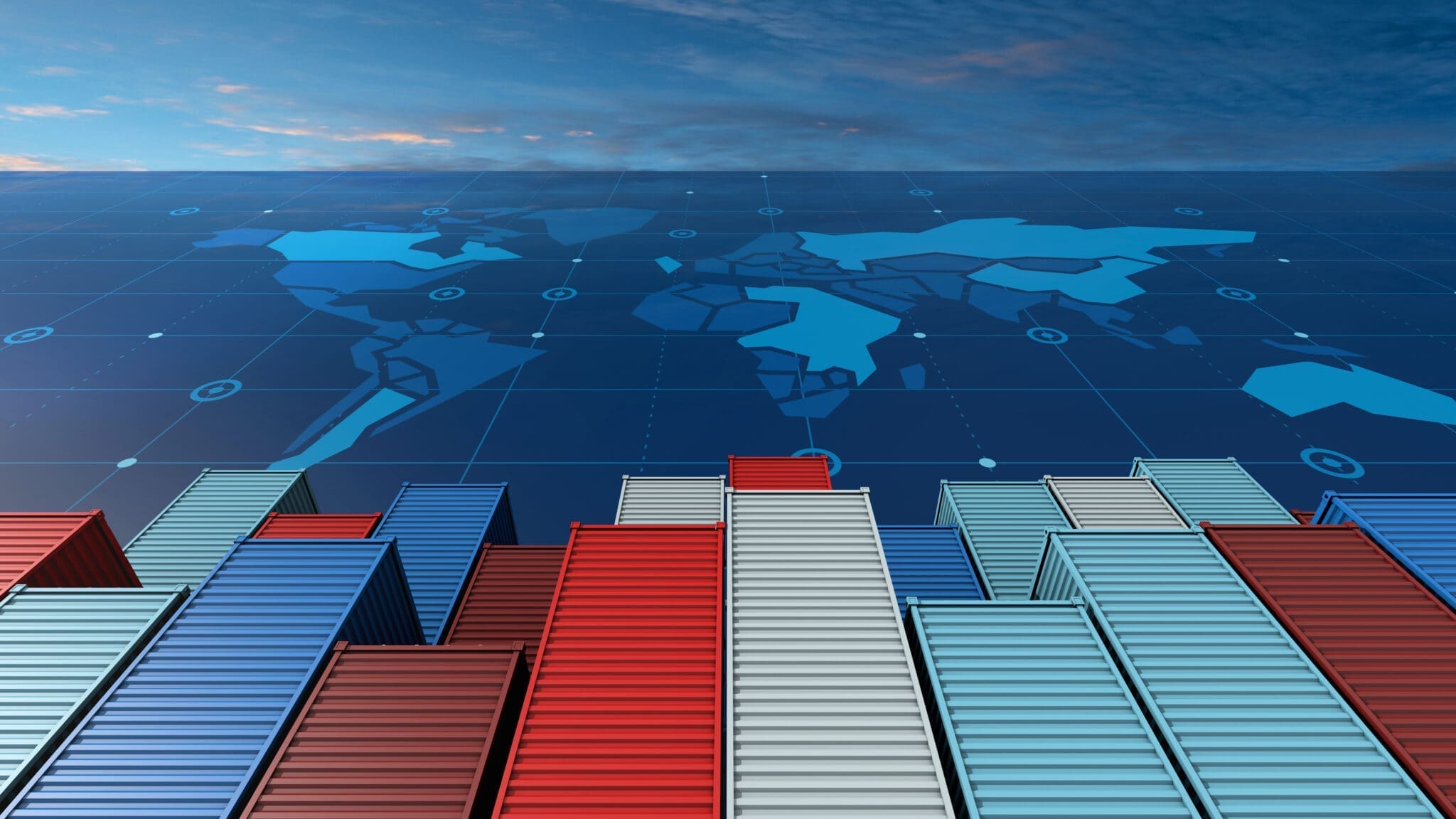Risks highlighted in the 2021 Global Risks Report from the World Economic Forum (WEF) have made the shift in early 2022 to become ‘clear and present dangers’. As the preface to the current edition says: ‘Supply chain disruptions, inflation, debt, labour market gaps, protectionism and educational disparities are moving the world economy into choppy waters…’
The preface goes on to say that these issues will also blind observers to the threat of new challenges, including ‘climate transition disorder, increased cyber vulnerabilities, greater barriers to international mobility, and crowding and competition in space.’
At Achilles, the findings of our Q4 2021 Supply Chain Resilience Index (ASCRI) were in broad agreement with the WEF, showing a world only “marginally above the tipping point where risk becomes ‘very high’…”
So it might feel as though there is little that individual businesses can do to tackle many of these issues head on in a way that makes a meaningful difference to their own or their customers’ performance. But we believe there are two areas where the immediate action businesses can take will have a rapid, quantifiable positive impact.
First, supply chain disruption. And, closely related, cyber vulnerabilities.
Facing up to interrelated challenges
We all know about the dramatic effect the Covid-19 pandemic has had on supply chains across the world over the last two years, but that doesn’t make some of the stats any less extraordinary. For example, according to recent Accenture research, 94% of Fortune 1000 companies have seen their supply chains disrupted by Covid-19.
The pandemic’s impact also came close to home for consumers across the planet, particularly in the early days as falling inventories and associated panic buying left store shelves bare of essential commodities. (Few of us, for example, can hand-on-heart claim we didn’t have moments of anxiety about where our next roll of toilet paper was going to come from.)
And this, together with the stranding of the ‘Ever Given’ container ship in the Suez Canal in March 2021, showed just how vulnerable supply chains are to disruption. But some potential disrupters are less obvious than pandemics and accidental blockages.
Managing the impacts of climate change
As more organisations outline their environmental roadmaps to net-zero emissions, we’re also learning more about the logistical and supply-chain challenges companies will increasingly face in a world looking beyond fossil fuels and the carbon economy.
According to Standard Chartered research, some 73% of the total emissions made by multinational corporations (MNCs) today are due to activities in their supply chains. As a result, 67% of MNCs interviewed believe that reducing supply-chain emissions has to be the first step in delivering an effective net-zero strategy. This will inevitably have a short to medium-term impact on the current structure, scale and efficiency of global supply chains.
Facing the cyber threat
And then there are the cyber threats that every organisation with an online presence of any scale or complexity has continuously to be aware of, understand and respond to.
Their potential impact is huge and very wide-ranging. According to a March 2022 intelligence bulletin from the US Customs and Border Protection service, hackers and ransomware groups are currently targeting American logistics and shipping companies, threatening to “… cripple the already strained supply chain, limiting customs enforcement capabilities and undermining national security”. Equally worrying is the following statement from the 2021 WEF Global Risks Report: “… cybersecurity threats are growing and outpacing societies’ ability to effectively prevent or respond to them”.
To make matters appear even worse, there is a point where supply-chain and cyber risks come together: in a digital ecosystem, interlinked networks between buyers and suppliers make all parties and their sensitive data only as secure as the most vulnerable point.
Time for action
These are big issues and major business risks that demand action. Fortunately, there are clear steps open to companies now that will have a major positive impact on all three issues.
First and foremost, exercise effective vulnerability management to build strong all-round supply-chain resilience and security by identifying and where possible providing effective alternatives to eradicate weaknesses.
Next, strategically assess your supply-chain structure and create a vision and action plan for creating an efficient net-zero supply chain.
And third, gain real-time insight and understanding of the cyber threats at every point of the supply chain, empowering you to defuse cyber threats across your entire interlinked business ecosystem.
If this sounds daunting, we can help. We can show you exactly how to sail calmly across the WEF’s choppy waters, fully protected from the clear and present dangers threatening global supply chains. Speak to our team today.

